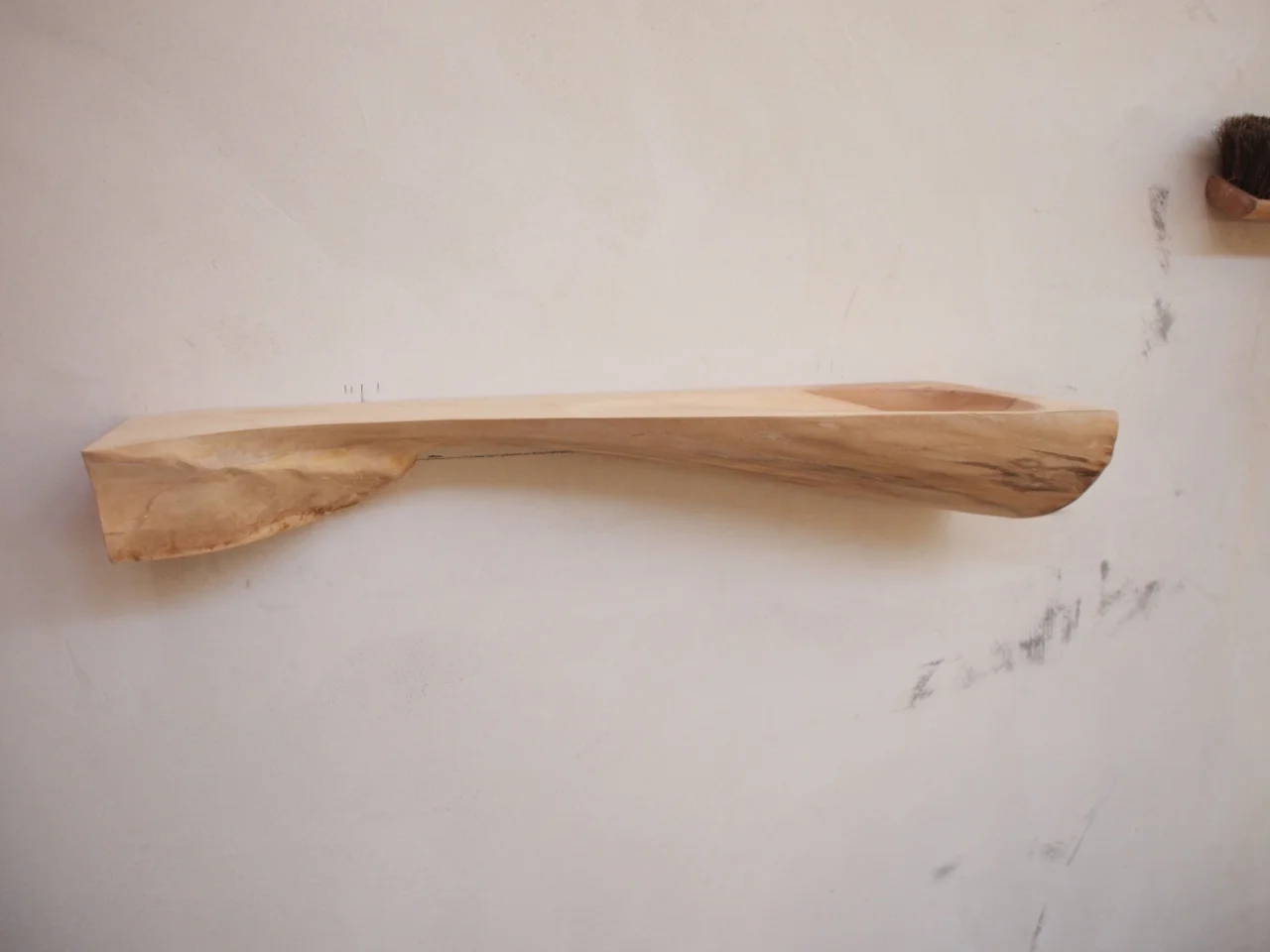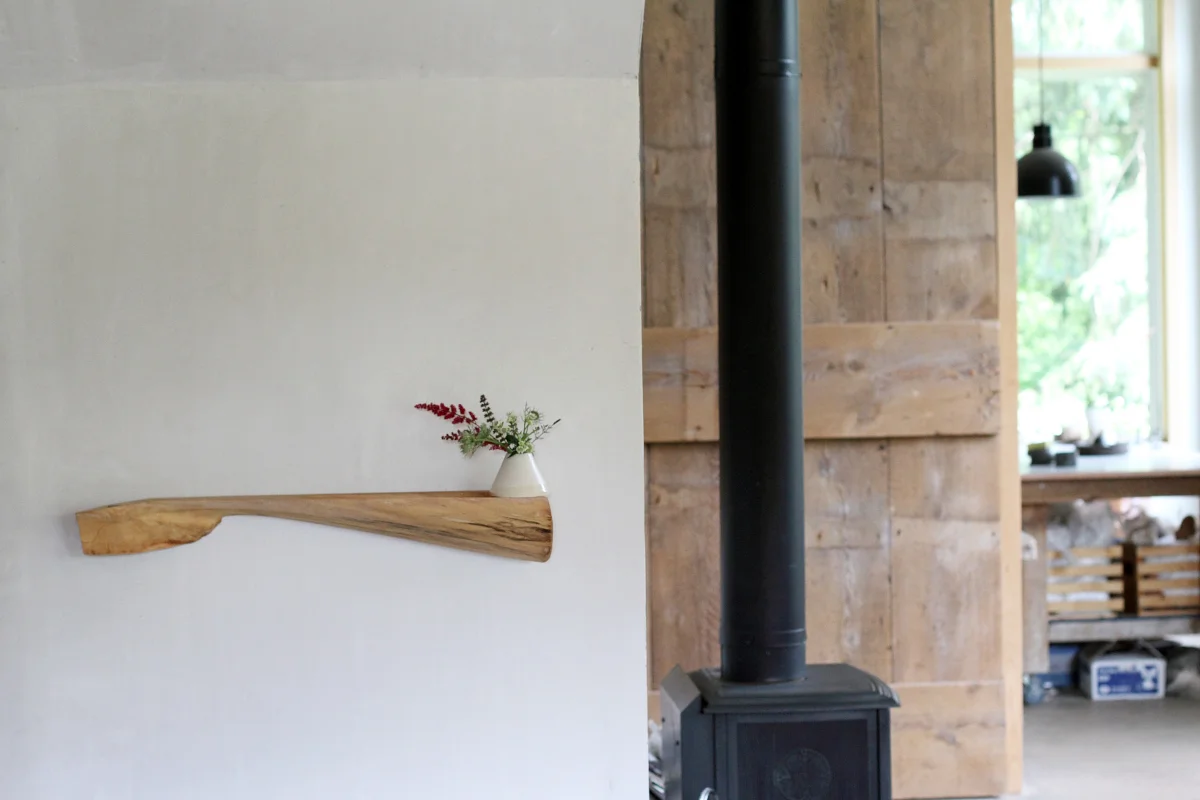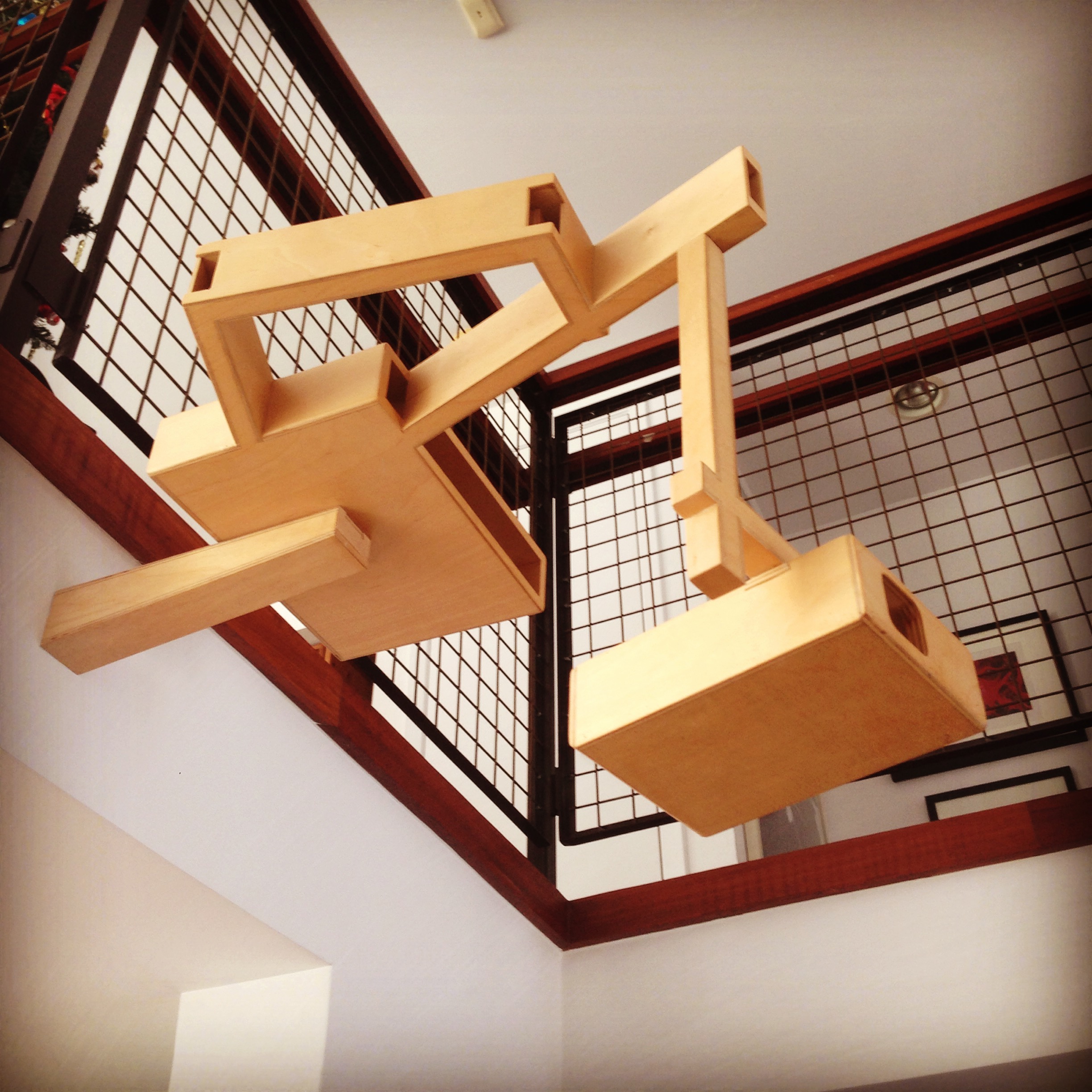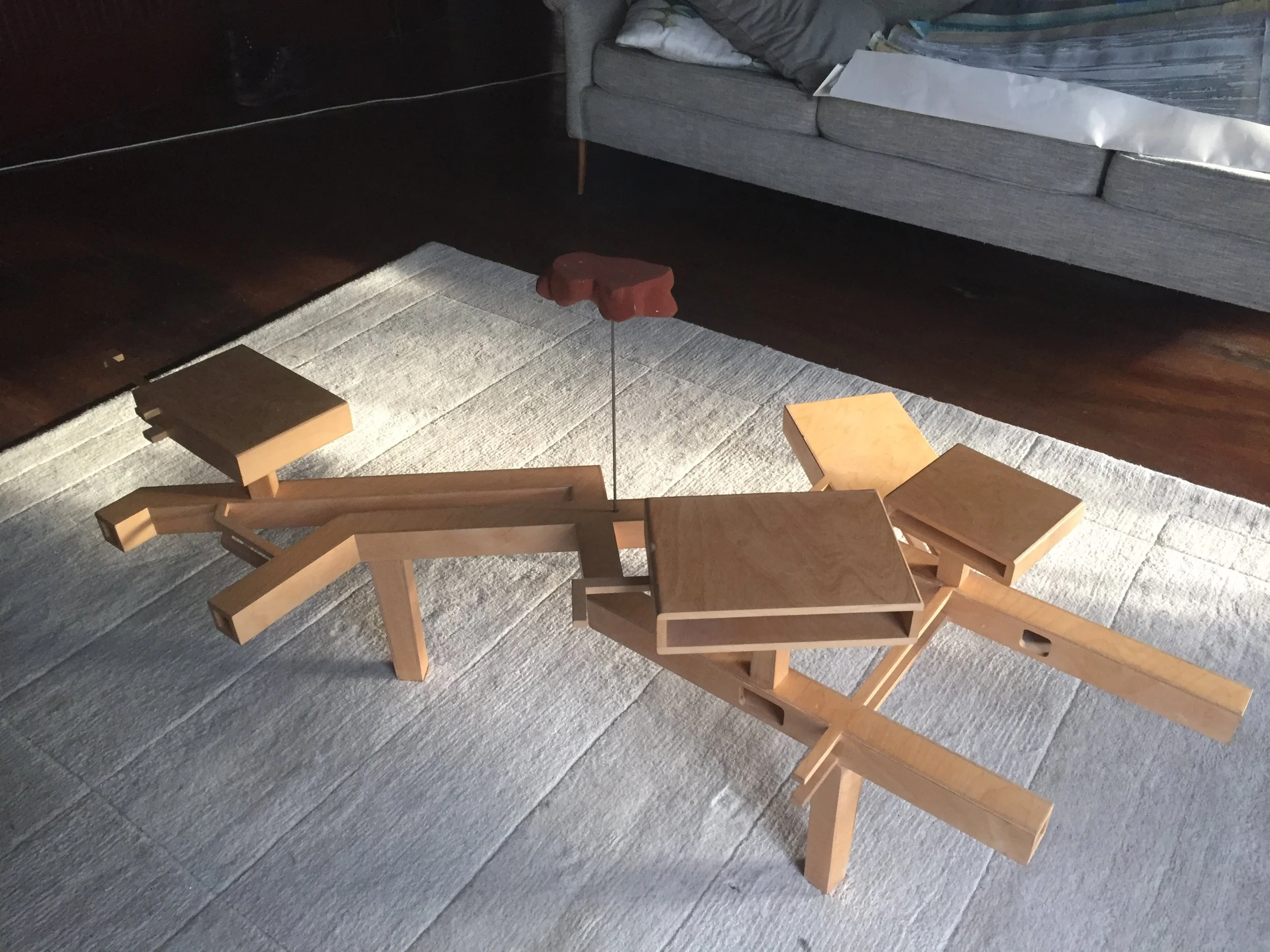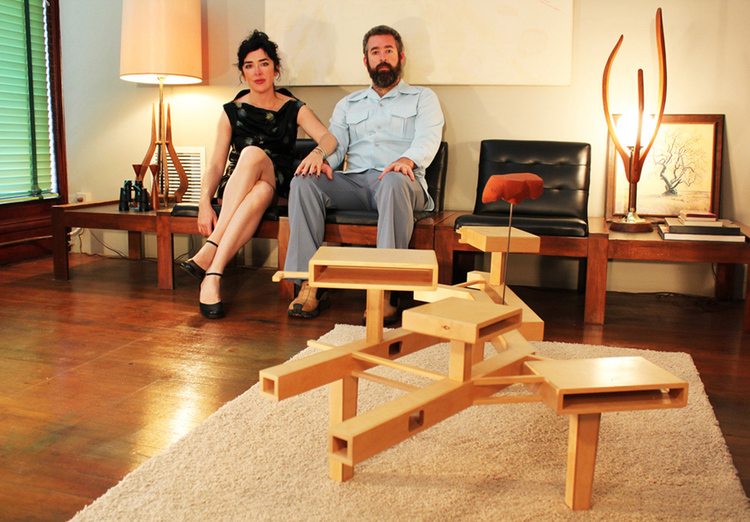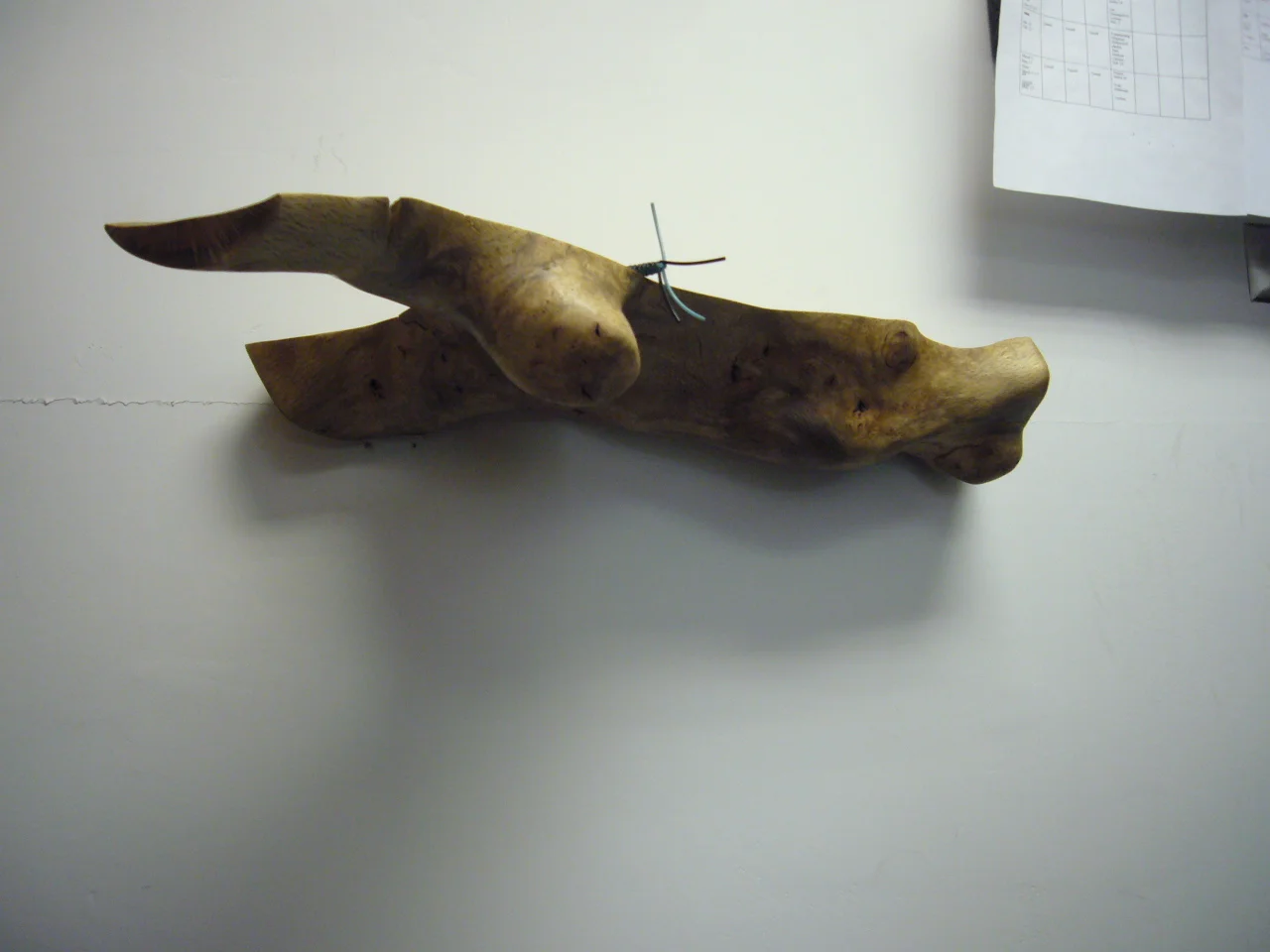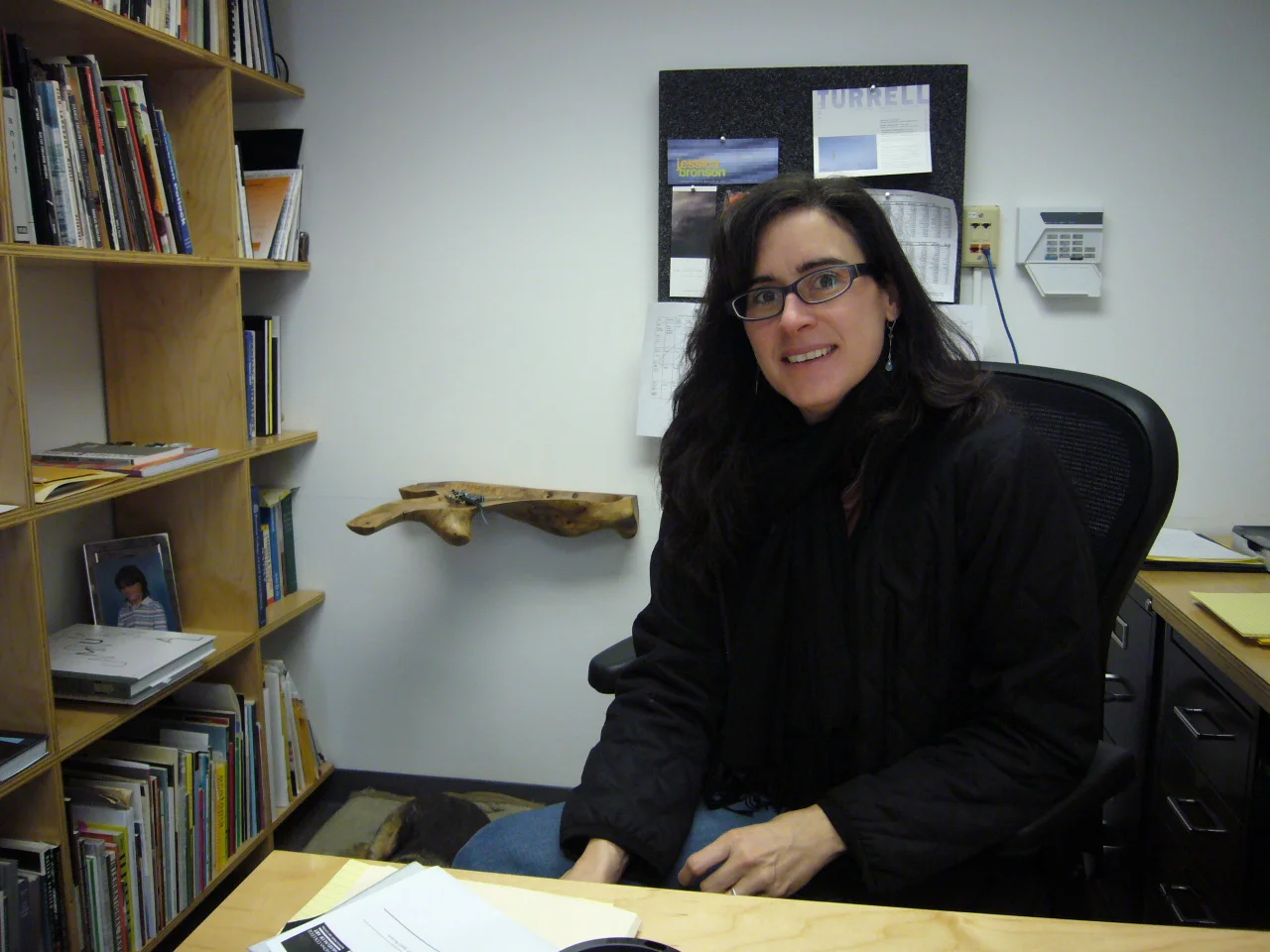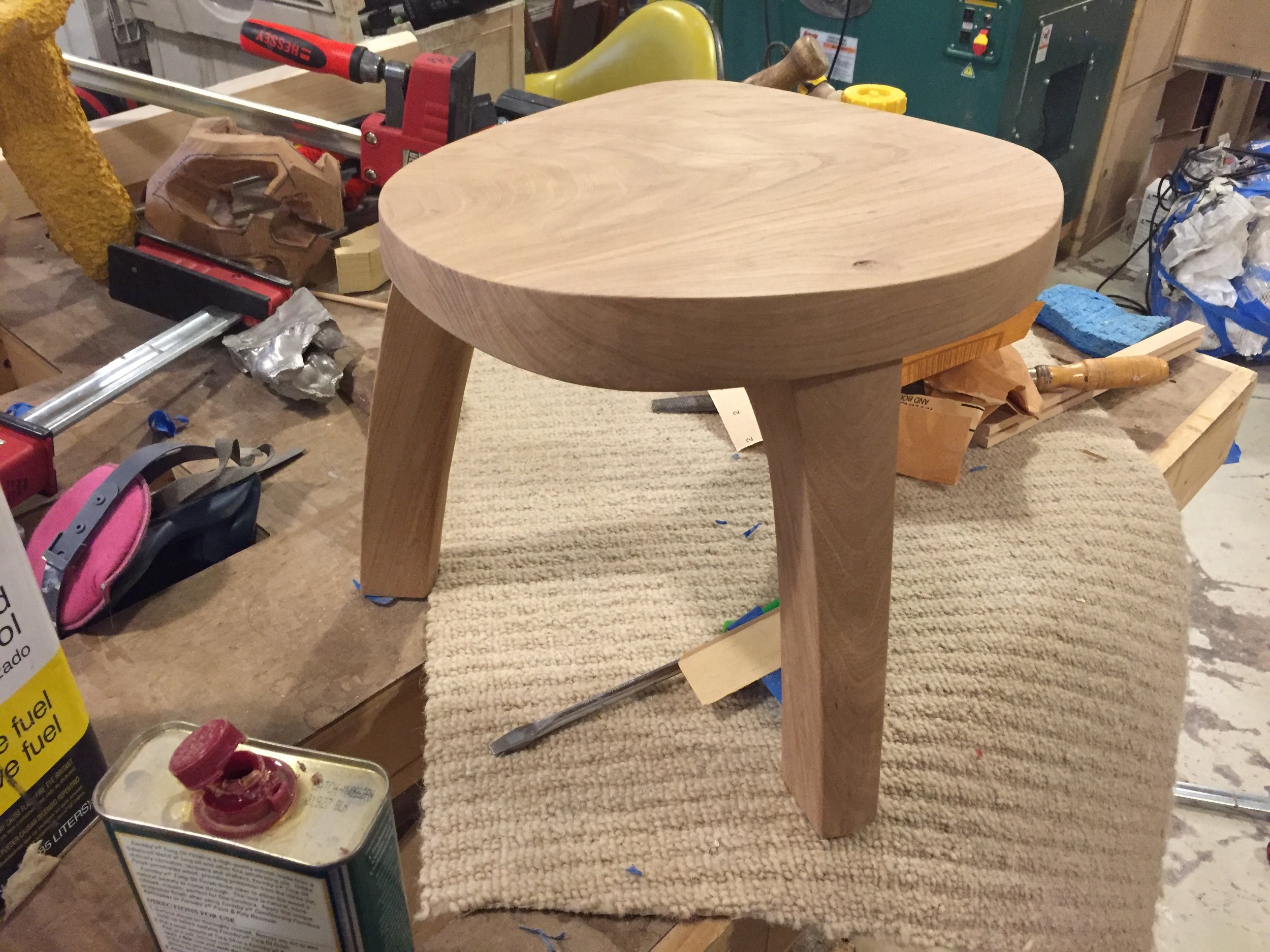Objects for Friends
“What is this object that I am making and who is this for?” This question came out of a frustration with the context and audience issues I faced with the gallery system. I made work for a “non-space” and an anonymous audience. This form of making felt emotionally removed and disconnected, the exact opposite qualities I hoped my work might embody. I wanted to resist this untethered fluidly of a global marketplace by making deeply one-off works that located to site as a place and a person.
As I wrestled with these questions, I recalled making a wedding gift for two dear friends. The process of making that day had a wholly different tone and feeling. I kept returning to the unassailable nature of the process; that it was this direct expression of feeling and connection. It occurred to me that love generated a very different object. I liked how ideas about affection, empathy, and generosity were such a strong counterpoint to the machinations of the built environment. I wondered, “If the built environment was made from a design imperative of empathy or affection, what would it look like?”
“Objects for Friends” tests out this form of making. Make an object for someone I care about, indexed to their architectural and psychic context and offer it as a gift. Since the project expressed notions of gift giving, relationships and unique context, the objects became less determined stylistically. Some remain speculative, sculptural objects while others became explicitly functional; some funky while others clean and measured.
These relationships with my friends allowed me to have a different motivation for making an object while the architectural and social expressions of their homes helped articulate the parameters. As I looked at strategies of making that offered a counterpoint to the self-interest maxim of Adam Smith’s “invisible hand,” I discovered affection, generosity, and intimacy offered a radically different proposition for making. This strategy literally and metaphorically gave work a home as it dissolved questions of context and audience.
Kelli and Brian
Stas, Alise and Cy
Rob, Amanda, Ryan and Elizabeth
Kari and Torsten
Rachel and Jim
Rebecca
William
Scott
